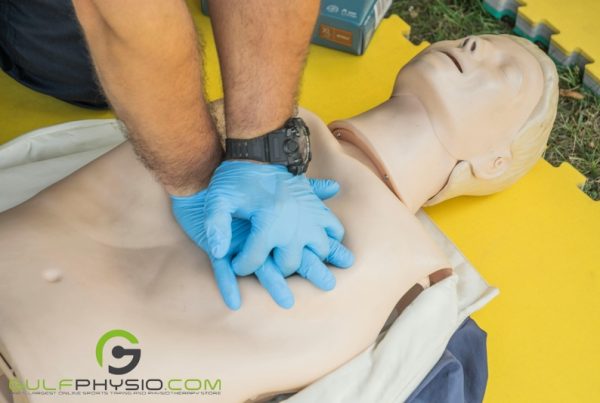Compression socks, used by medical professionals and patients in the medical field, are also gaining popularity in the athletic world as specialized equipment. The benefits of these socks are now helping athletes with performance, injury prevention, and recovery. Let’s jump in and see how a piece of therapeutic hosiery has become essential athletic wear.
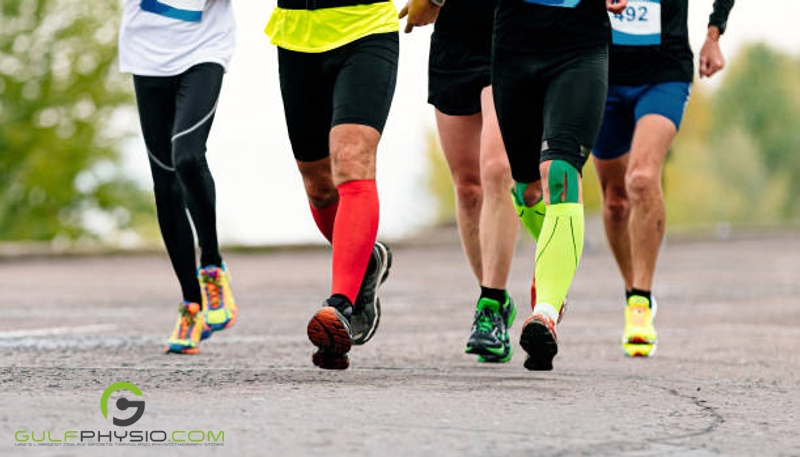
Compression Socks and the Sporting World
The concept of using compression to treat people has been around for thousands of years, This concept and advancements in science and medicine led to the invention of compression socks.
- Conrad Jobst – The Inventor of the Modern Compression Sock
Conrad Jobst, a German inventor who immigrated to America, developed the idea to create compression socks while swimming in a pool. He noticed that the pressure of the water reduced his leg pain.
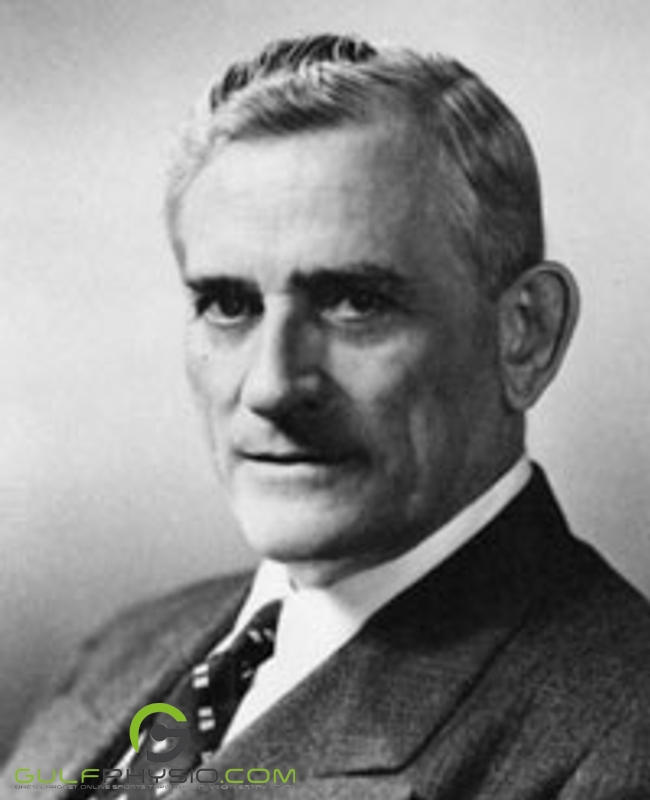
- The 1980s – The Rise of Compression Garments in Athletic Attire
During this time the benefits of wearing compression socks had become more well-known and popular amongst athletes, specifically runners. Runners liked the product because it reduced the strain felt in the leg muscles while also providing a speedy recovery.
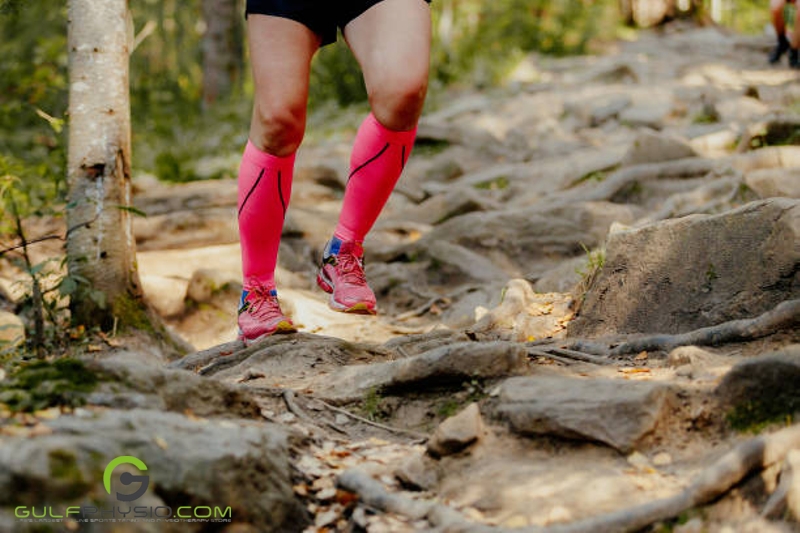
- The 2000’s – Compression Attire in Professional Sports
Using the concepts that Conrad Jobst had come up with years before, compression attire had grown from just being socks and stockings to items such as sleeves, jerseys, and shorts that improved circulation, sped up recovery, and increased performance.

Professional sporting leagues such as the NBA and the FIFA World Cup found their athletes adapting compression attire into their equipment and uniforms.
Over time the use of compression attire became the standard in many professional sporting leagues, and eventually, access to compression attire became available to the masses as gym/athletic wear.

The Benefits of Compression Socks in Sports
Compression socks work by applying pressure to the legs. Blood from the legs has a difficult time pumping upwards toward the heart. The pressure provided by the socks makes it easy for blood to flow up to the heart and back down to the legs providing oxygen-rich blood.
- Improved Performance – Because compression socks improve circulation, oxygen is delivered faster to the muscles. This minimizes fatigue and quickens recovery, allowing for better performance.
- Reduces Muscle Oscillation – Muscle oscillations, the movement of muscles as your foot hits the ground during running, can increase fatigue and injury risk. Compression socks can reduce this by enhancing stability.
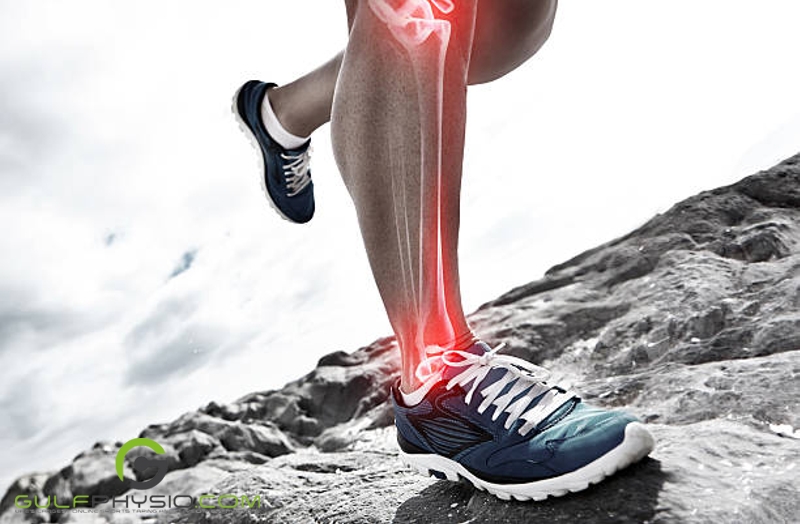
- Increased Ankle Stability – Almost every sport out there requires players to run and make sharp turns. Occurrences like these could lead to sprains, strains, and even tears. Compression socks offer significant support and enhance proprioception, enhancing the body’s ability to sense movements, actions, and location. The receptors for proprioception are mostly located in the muscles, joints, and tendons.
Conclusion
Compression socks, a therapeutic hosiery, gained popularity in athletics due to their benefits in performance, injury prevention, and recovery. Invented by German inventor Conrad Jobst in the 1950s, compression attire has expanded to various styles in the 2000s. Professional sports leagues like the NBA and FIFA World Cup have adopted compression attire into their equipment and uniforms. They apply pressure to the legs, allowing blood to flow up to the heart and back down, providing oxygen-rich blood. They also reduce muscle oscillations, increasing ankle stability and reducing the risk of fatigue and injury.
Disclaimer
GulfPhysio.com and all of its content are for informational purposes only. All information is believed to be accurate at the time of posting and should NOT be construed as professional medical advice. Please seek a medical professional in the event of pain or injury.


